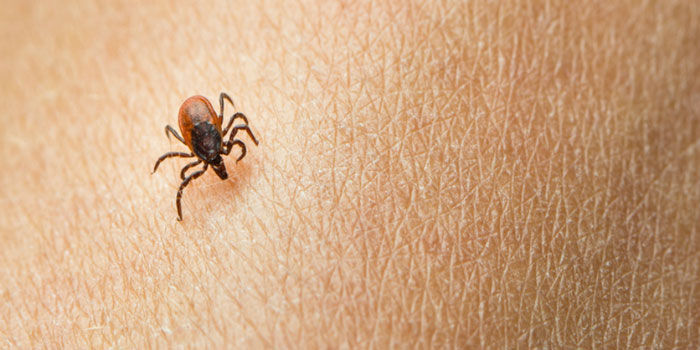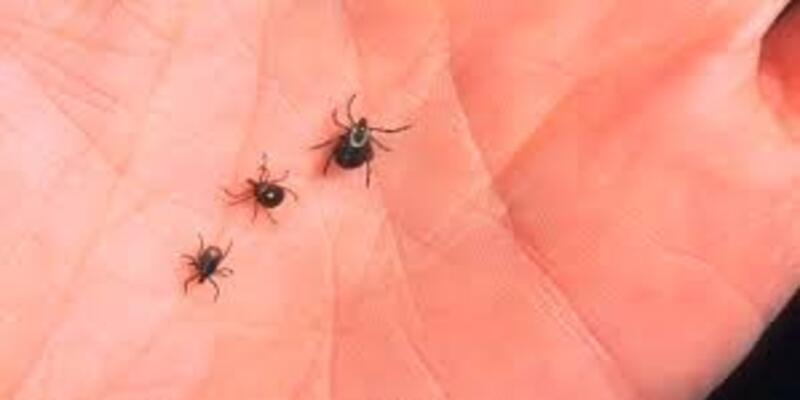Borrelia burgdorferi is the causative agent of Lyme disease. To humans, it is transmitted by the bite of infected ticks, most frequently the black-legged tick (Ixodes scapularis) in the northeastern United States and the western black-legged tick (Ixodes pacificus) on the Pacific Coast. Lyme disease is characterized by a skin rash known as erythema migrans and fever, headache, and fatigue. If not treated, the infection can spread to other body parts, such as the joints, the heart, or the nervous system. Old Lyme, Connecticut, was the site of the initial discovery of Lyme disease in 1975.
In 1975, a cluster of cases of juvenile rheumatoid arthritis in the town of Old Lyme, Connecticut, led to the discovery of Lyme disease. Investigations showed that many of the kids had been bitten by ticks and lived in tick-infested areas. The bacterium responsible for the illness, Borrelia burgdorferi, was given a name after its discovery.
Transmission

Humans contract Lyme disease when infected ticks bite them. Ticks are spider-like arthropods that feed on the blood of mammals, including humans. They can attach to the skin of a passing animal or human and thrive in grassy or wooded areas. Ticks of the Ixodes family, also called deer or black-legged ticks, are the vectors for the bacterium Borrelia burgdorferi, transmitted to humans through bites. These ticks thrive in areas of the United States, Europe, and Asia.
Symptoms Of Lyme Disease
Erythema migrans, a rash that appears at the tick bite site about a week after the bite occurs, is the most prominent symptom of Lyme disease. Circular in shape, the rash can cause discomforts like fever, headache, and exhaustion. Untreated, the infection can spread to other body parts and cause serious complications. Pain and swelling in the joints (Lyme arthritis), issues with the nervous system, and even heart problems are all possible side effects of this infectious disease.
Diagnosis Of Lyme Disease
Lyme disease is notoriously hard to diagnose because its symptoms often mimic those of other conditions. The patient's medical history, symptoms, and tick exposure risk are all factors that doctors will look at when making a diagnosis. They may also check for Borrelia burgdorferi antibodies in the blood. However, these tests can occasionally give false negative results, especially in the earliest stages of infection. A positive test result for Lyme disease is not always necessary for a healthcare provider to diagnose and treat the disease if they suspect it based on a patient's symptoms and risk of tick exposure. Imaging scans and other diagnostic procedures may be required to rule out confounding factors.
Treatment

Antibiotics, usually taken orally, can cure Lyme disease. Depending on the infection's stage and severity, a different antibiotic will be prescribed, and the course of treatment will last an additional time. Effective treatment of Lyme disease in its early stages typically results in a full recovery for most patients. A prolonged course of antibiotics may be required in the event of a persistent or advanced infection. Antibiotics given via IV may be necessary for some situations. To ensure complete recovery, it is crucial to finish the entire course of treatment prescribed by a doctor. Post-treatment Lyme disease syndrome describes the persistence of symptoms after treatment has been administered (PTLDS). People with PTLDS may need additional testing and treatment.
Prevention
It is possible to lessen one's vulnerability to Lyme disease by taking several preventative measures:
- If you're spending time outside in an area where ticks are prevalent, you should protect exposed skin with an insect repellent containing DEET or permethrin.
- Protect yourself from tick bites by donning a long-sleeved shirt and pants.
- After being outside for some time, you should check your entire body for ticks, especially the groin, armpits, and scalp.
- Ticks should be removed as soon as possible after discovery; to do so, grasp the tick with fine-tipped tweezers as close to the skin's surface as possible and then pull the tick straight out. Crushing the tick can release its infected fluids into the bite wound, so it's best to avoid doing that.
- Trim the grass and bushes: ticks love tall grass and bushes, so trimming these areas will help you avoid being bitten.
- Pets should be kept safe because they, like humans, can contract Lyme disease from ticks.
Conclusion
If untreated, Lyme disease is a dangerous disease that can devastate a person's health. However, it is easily preventable and treatable with antibiotics, so taking precautions when venturing outdoors in tick-infested areas, such as using insect repellent and wearing protective clothing, is essential. Ticks can transmit diseases, so checking for them and getting rid of them quickly is crucial. Lyme disease can strike anywhere, but certain regions in the United States, Europe, and Asia have a higher prevalence of the illness than others. Complications from Lyme disease can be avoided by taking precautions and getting medical help if needed.



